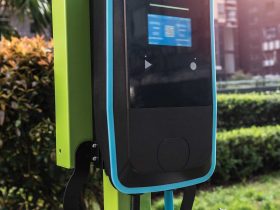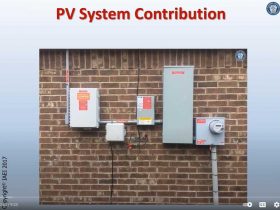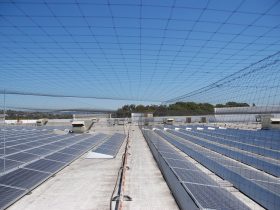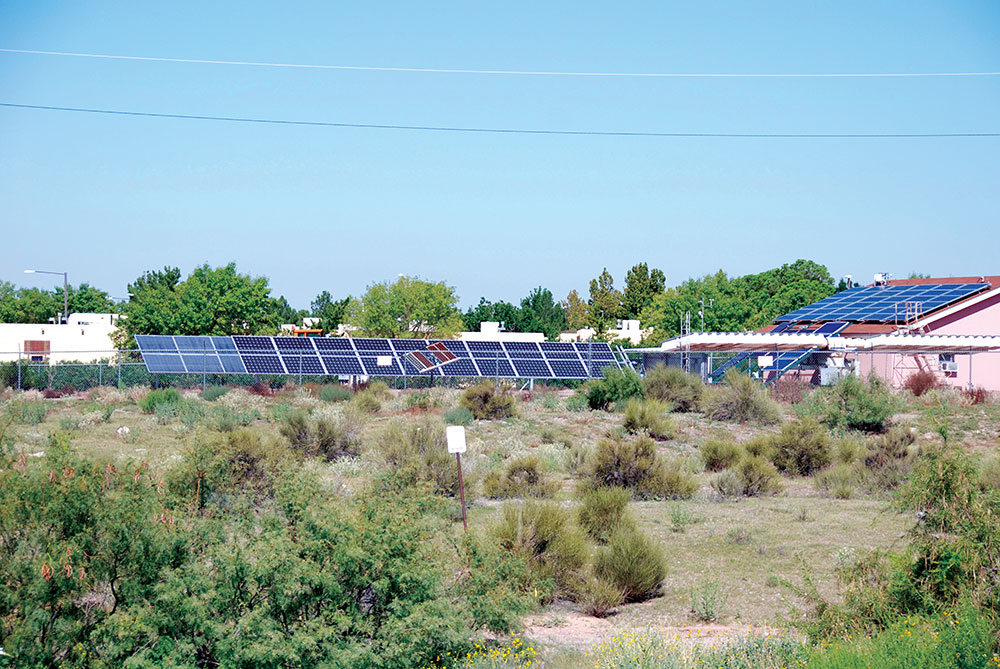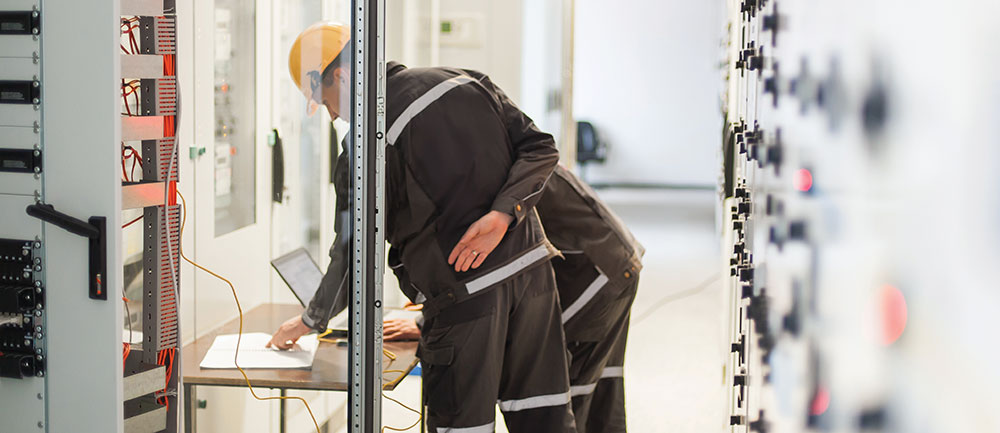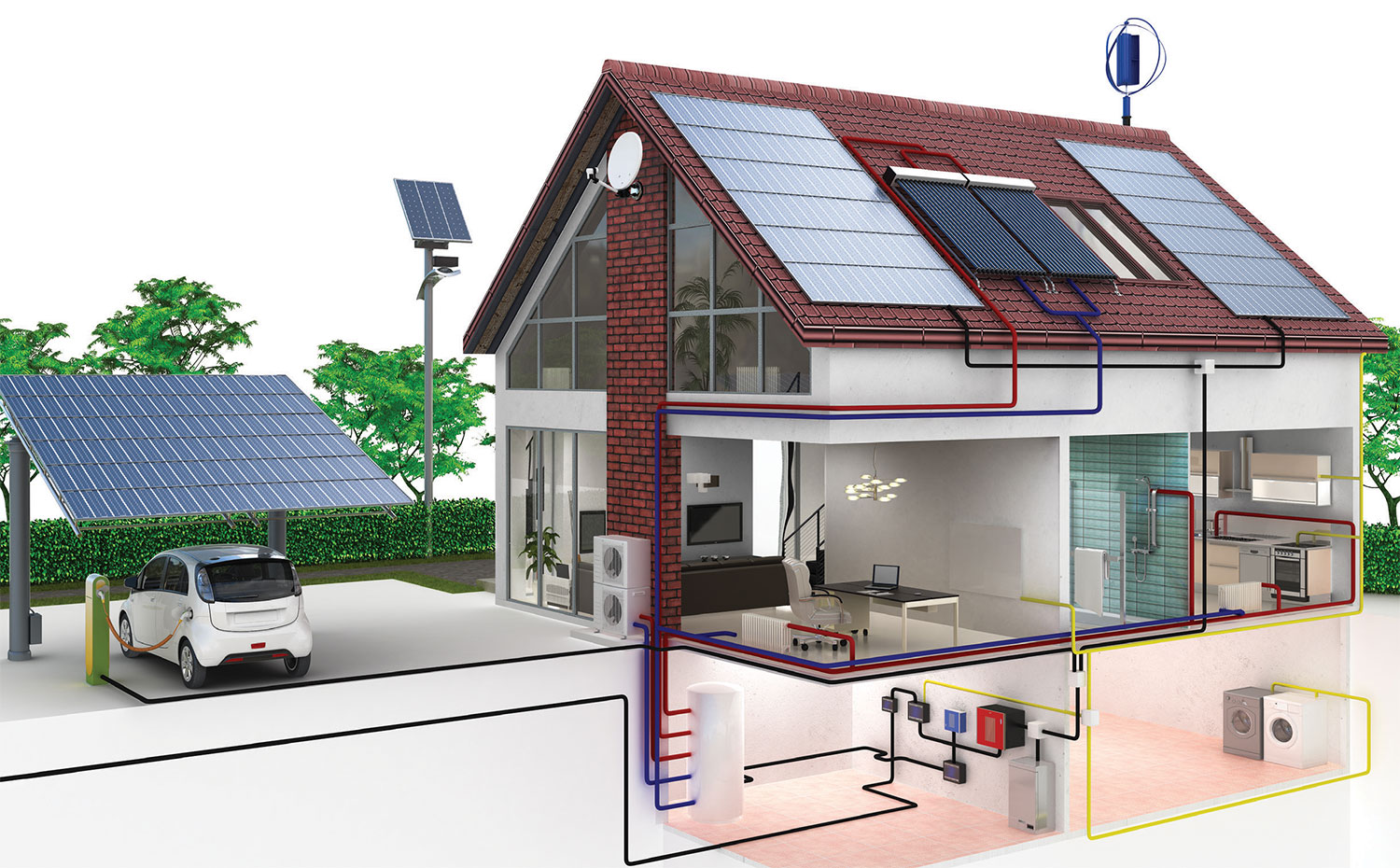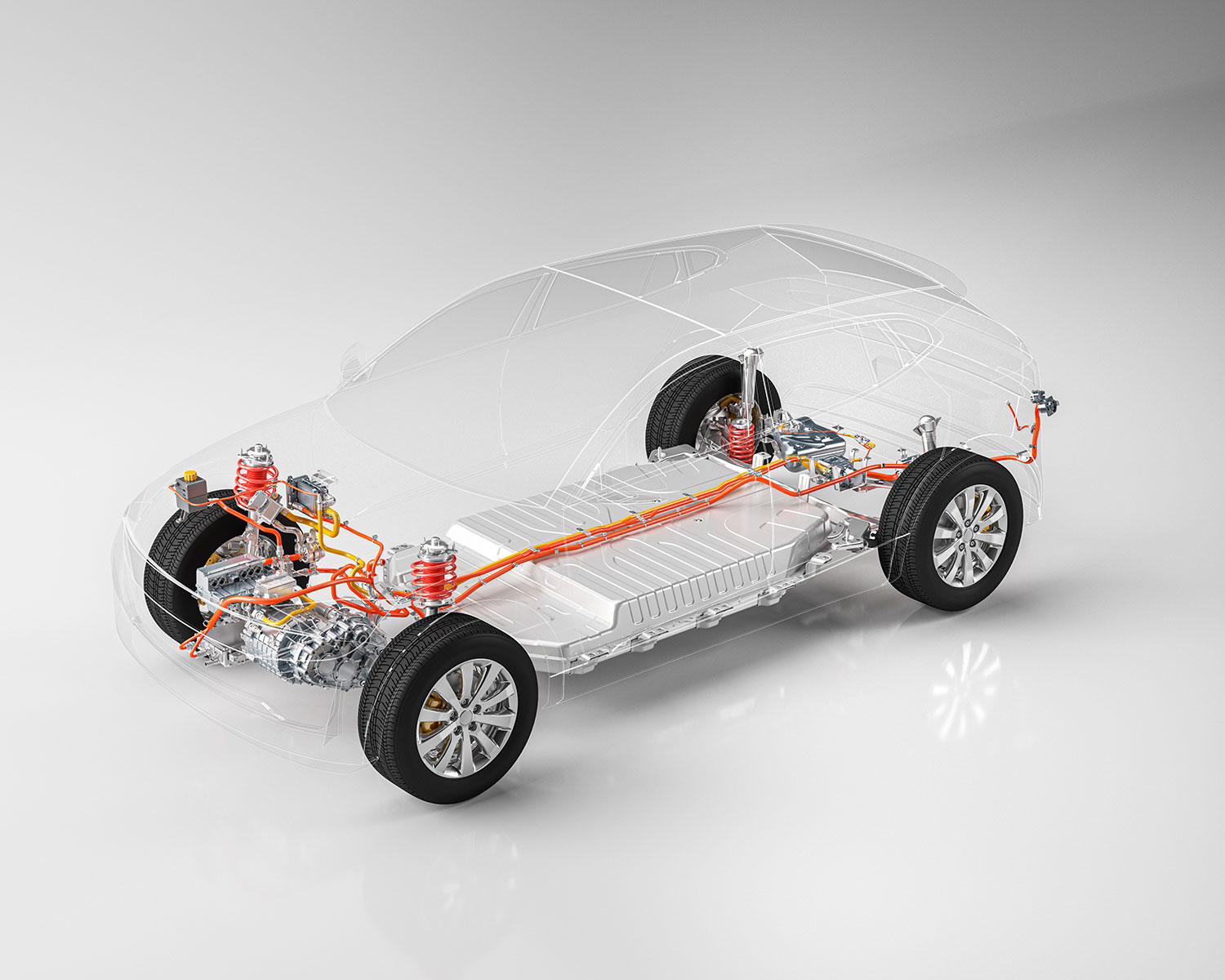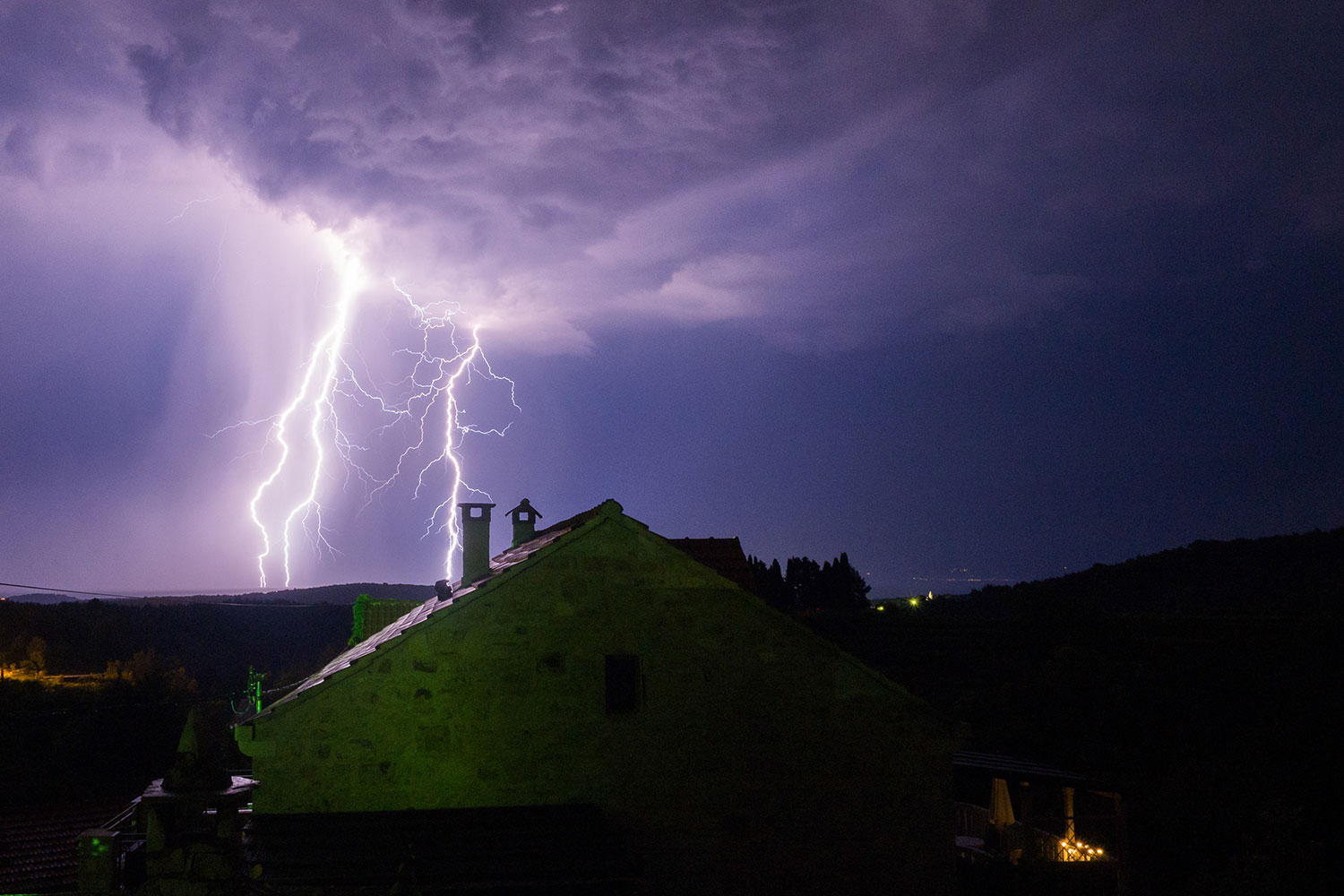EV charging stations, “Charge Points” (after the ChargePoint brand), “Level 1/2/3” Chargers, Superchargers, DC Fast Chargers, CCS Combo Systems, and SAE J1772 Connectors, all refer to Electric Vehicle Supply Equipment or EVSE.
Starting in this article, we’ll enter the forest and start looking at the individual trees (PV equipment and NEC requirements) in some detail.
Join Pete Jackson as he explains PV system contributions and how to calculate panelboard ratings [such as from NEC 705.12(B)(2)(3)(b)].
As photovoltaic power (PV) systems become increasingly common due to an increasing awareness of climate change issues, including severe storms and very large forest fires, both new and seasoned code enforcement people sometimes get buried in a forest of trees dealing with code minutia and issues.
Various organizations, including manufacturers, universities, and specifically tailored groups devoted to the application of direct current to devices in our daily lives, are deeply involved in the research, study, and application of DC circuits, DC devices, and DC microgrids.
The challenging tasks of keeping the data flowing reliably between the RTU system and the utility enterprise is now being complicated with aging and obsolete infrastructure.
The intent of the 2018 IRC Section R327.2 is that energy storage systems (ESS) be Listed (Certified) to UL 9540, the Standard for Safety of Energy Storage Systems and Equipment.
Electric vehicle batteries that are repurposed for use in new applications generally undertake a three-step process.
The Interstate Renewable Energy Council (IREC) today announced the launch of a three-year, $2.1 million project, funded by the U.S. Department of Energy's Office of Energy Efficiency and Renewable Energy (EERE), to reduce barriers to widespread adoption of distributed energy resources (DERs) by providing education and resources to expand the knowledge of 30,000 safety professionals.
Some actions can make the residential, commercial, and even larger PV systems more resilient and robust under the impending threat of more frequent severe weather.

